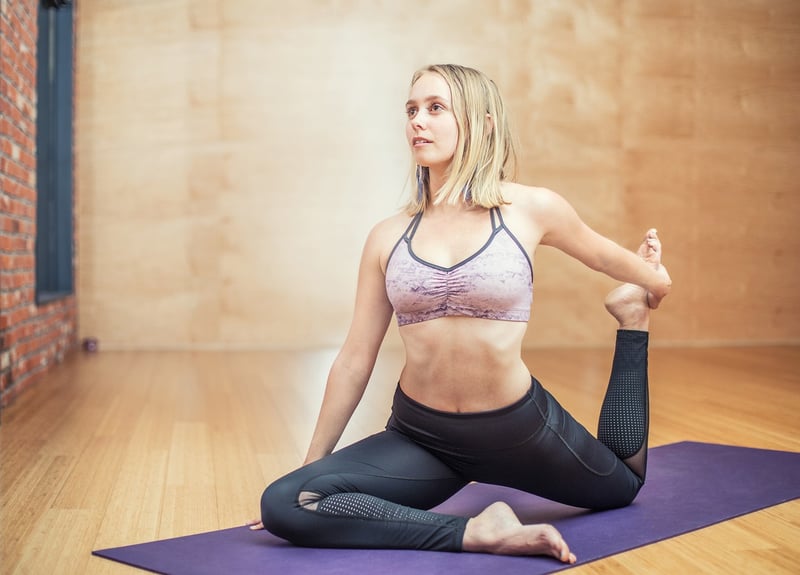Pilates for Flexibility
Mindful Movement Practices and Pilates for Flexibility
In today's fast-paced world, finding time to care for your body and mind is essential. Incorporating mindful movement practices into your routine can help improve flexibility, reduce stress, and enhance overall well-being. One such practice that stands out for its ability to promote flexibility is Pilates.
The Benefits of Mindful Movement Practices
Mindful movement practices, such as yoga, Tai Chi, and Pilates, focus on connecting the mind and body through intentional movement and breath. These practices not only improve physical flexibility but also help in reducing tension, increasing body awareness, and calming the mind.
Why Pilates for Flexibility?
Pilates is a form of exercise that emphasizes core strength, body alignment, and flexibility. Through a series of controlled movements, Pilates targets specific muscle groups, helping to improve flexibility and range of motion. The focus on proper alignment and posture in Pilates also contributes to better overall flexibility and reduced risk of injury.
How to Get Started with Pilates
- Find a certified Pilates instructor or class in your area.
- Start with beginner-level classes to familiarize yourself with the basic movements and principles of Pilates.
- Invest in a quality Pilates mat and comfortable workout attire.
- Practice regularly to see improvements in flexibility and overall strength.
Image for Inspiration

Conclusion
By incorporating mindful movement practices like Pilates into your routine, you can experience increased flexibility, improved strength, and a greater sense of well-being. Remember to listen to your body, stay consistent with your practice, and enjoy the journey to a more flexible and balanced you.
Start your Pilates journey today and reap the benefits of a more flexible and agile body!
